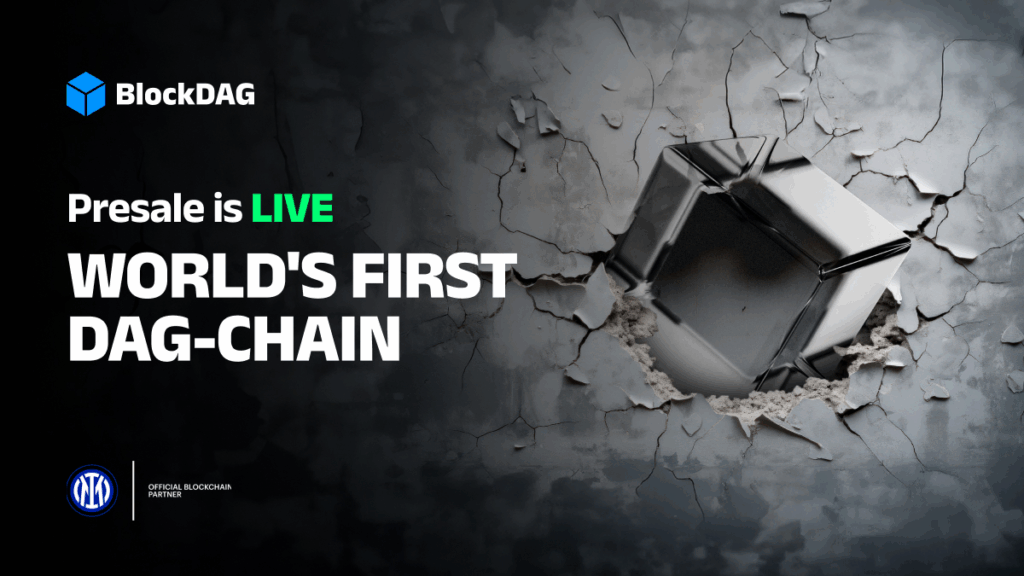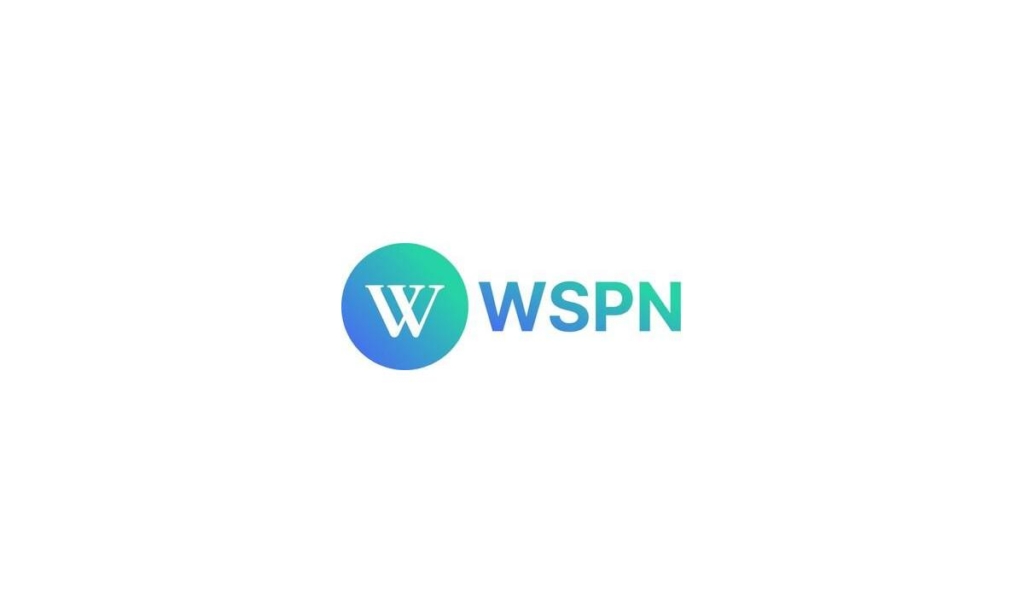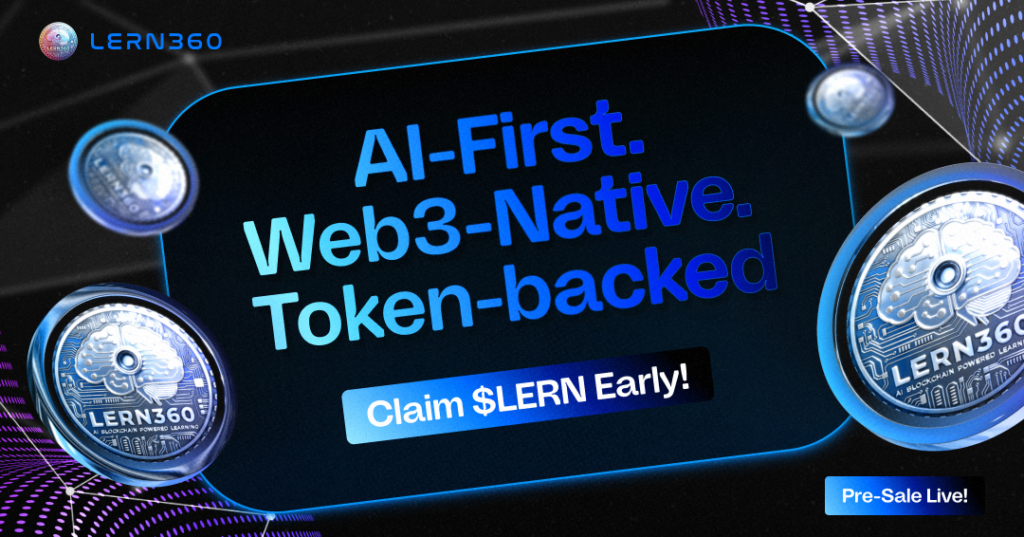The idea of BlockDAG (BDAG) entering the top 50 crypto assets by market cap may seem ambitious, but it’s not without support. With over $327 million raised, an active ecosystem, and a growing base of users, BlockDAG is already ahead of many earlier presales that later reached top market positions. The question is not about potential, but how far that potential could reasonably go.
This breakdown offers a clear comparison of BlockDAG’s progress and why its base features could help it match or exceed names like Kaspa, Aptos, and Injective.
How BlockDAG Grew: From Community Support, Not VC Funding
BlockDAG’s growth wasn’t led by large institutions but by direct public participation. With more than $327 million raised and over 200,000 BDAG holders, BlockDAG already connects with more users than several top 50 projects had at their start.
Compare that to:
- Polkadot raised $145M in 2017
- Filecoin raised $233M
- Aptos had early VC funding but faced questions about distribution
BlockDAG, on the other hand, achieved a larger presale without outside capital. This setup gives it more control over how and when its coins are released, lowering early unlock concerns and helping to keep price levels more stable after it goes live.
Market Cap and Supply: What the Numbers Say
At its planned listing price of $0.05 and with 23.4 billion coins sold, BlockDAG would open with a fully diluted value near $1.165 billion. If only 40% of that supply is unlocked during launch, the starting circulating market cap would sit around $466 million.
That figure puts it close to the #55 to #65 spots on CoinMarketCap, depending on demand after launch. But that’s only part of the picture.
Other projects with similar stats have moved into the top 50 by growing their user activity and use cases. BlockDAG seems to be on a similar path.
Its core setup combines DAG (Directed Acyclic Graph) tech with Proof-of-Work, blending Kaspa’s speed and Bitcoin’s decentralisation. DAG-based networks can generate blocks at the same time, increasing how many of transactions they can process.
Early testnet data shows BlockDAG can handle 2,000 to 15,000 transactions per second, which is on par with many existing Layer 1 chains. With features like:
- EVM support for launching Ethereum apps
- A no-code smart contract builder
- Community-powered nodes and mining with ASIC rigs
BlockDAG is showing technical progress that few Layer 1s had at this stage. If user growth continues, this system can support heavy demand from dApps, DeFi services, and even large-scale business tools.
Building Blocks in Motion: Testnet, Tools, and Mobile Mining
BlockDAG’s ecosystem is not just in planning. It is already active with:
- A testnet that lets users deploy and test smart contracts
- A developer academy aimed at bringing in new talent
- More than 18,200 ASIC miners sold, showing mining support at scale
- The X1 Miner App with over 2 million users mining on mobile, adding to early distribution.
These are not just headline numbers. Each tool and user adds real value through liquidity, data, and activity. Compare this to Kaspa, which reached a $4B+ market cap in 2023 by building a strong mining base and gaining retail support. BlockDAG is following a similar model but with more user tools and a full presale setup.
Here’s how BlockDAG compares with real projects that made the top 50:
- Kaspa (KAS): Used DAG + PoW and a mining community to grow from under $100M to over $4B
- Avalanche (AVAX): Expanded with ecosystem funding and adoption of subnets
- Injective (INJ): Reached over $1B using token design and DeFi integration
BlockDAG brings parts of all three: Kaspa’s parallel processing, Avalanche’s tools and scaling, and Injective’s strong user activity models.
Airdrop Design, Referral Incentives, and Price Triggers
The 100 million BDAG airdrop rewards users for being active in the system rather than just claiming for free. Along with Buyer Battles and rewards tied to on-chain referrals, this keeps users involved.
Its current limited-time fixed price $0.0016 is also an important part. It works like a liquidity path, encouraging repeat activity and helping to hold future price levels. This kind of setup is not new. Binance used similar steps in its early days, including tiered entry, referral bonuses, and user learning tools.
Reaching the Top 50 Is Not Certain, But It’s Within Reach
A planned sponsorship campaign based in the U.S. is also on the way, aimed at growing its name beyond just crypto audiences.
These steps bring both access and trust, two things that often help build trading volume and support market cap.
BlockDAG’s chance to reach the top 50 depends on two things after launch: holding trading volume and growing the ecosystem. But consider these points:
- It has already raised $327 million.
- It has a working technical base.
- It uses a Layer 1 structure.
- It has active users with access to tools.
- It balances launch pricing with supply.
Similar growth paths are seen in Kaspa, Injective, and Avalanche. With these strengths, BlockDAG could reach a $1B+ market cap within 6 to 12 months, if overall market trends stay strong.
In a space shaped by story and usefulness, BlockDAG brings both. That’s why a top 50 entry looks possible.
Presale: https://purchase.blockdag.network
Website: https://blockdag.network
Telegram: https://t.me/blockDAGnetworkOfficial
Discord: https://discord.gg/Q7BxghMVyu
Disclaimer: Any information written in this press release does not constitute investment advice. Optimisus does not, and will not endorse any information about any company or individual on this page. Readers are encouraged to do their own research and base any actions on their own findings, not on any content written in this press release. Optimisus is and will not be responsible for any damage or loss caused directly or indirectly by the use of any content, product, or service mentioned in this press release.



